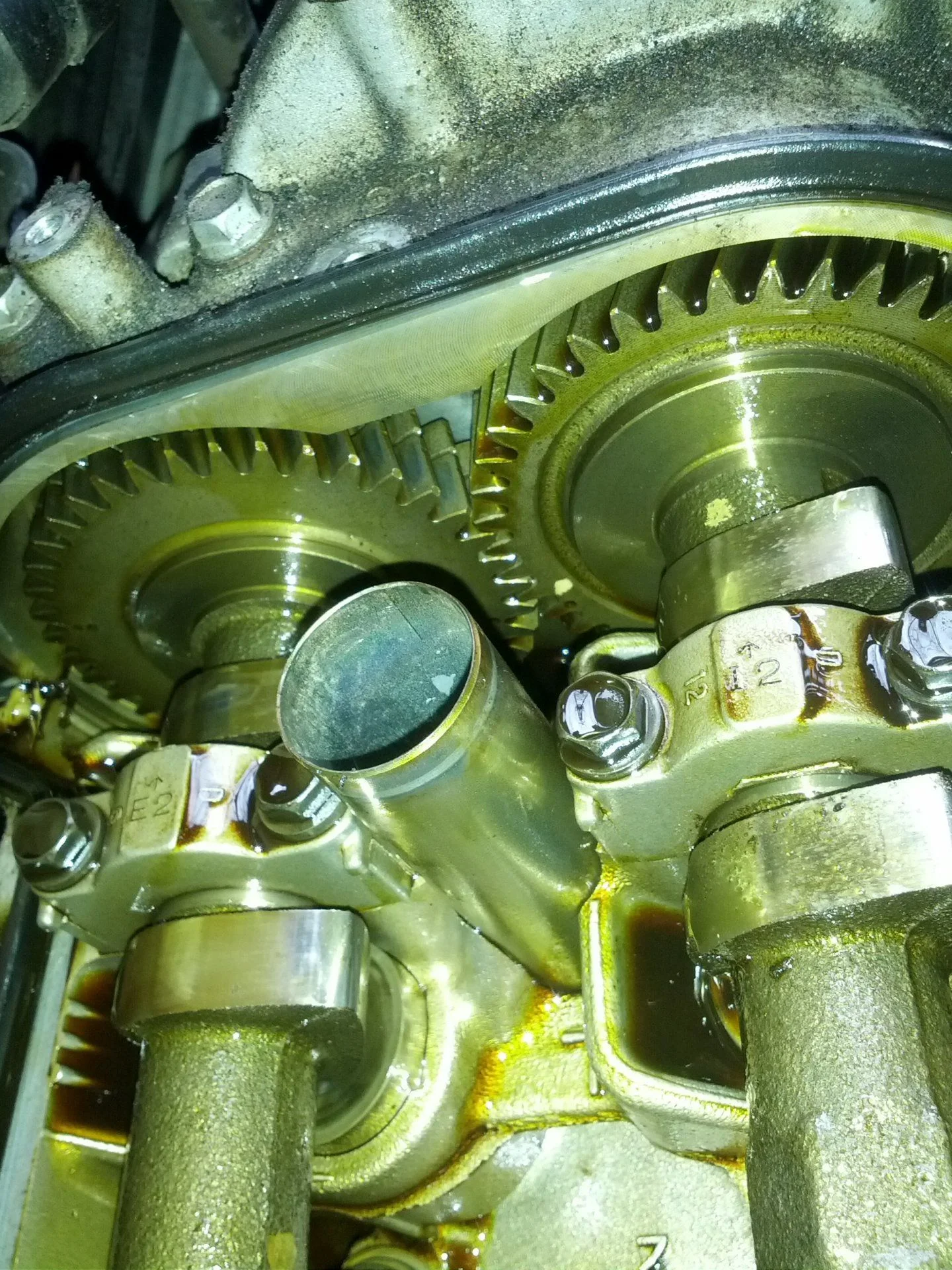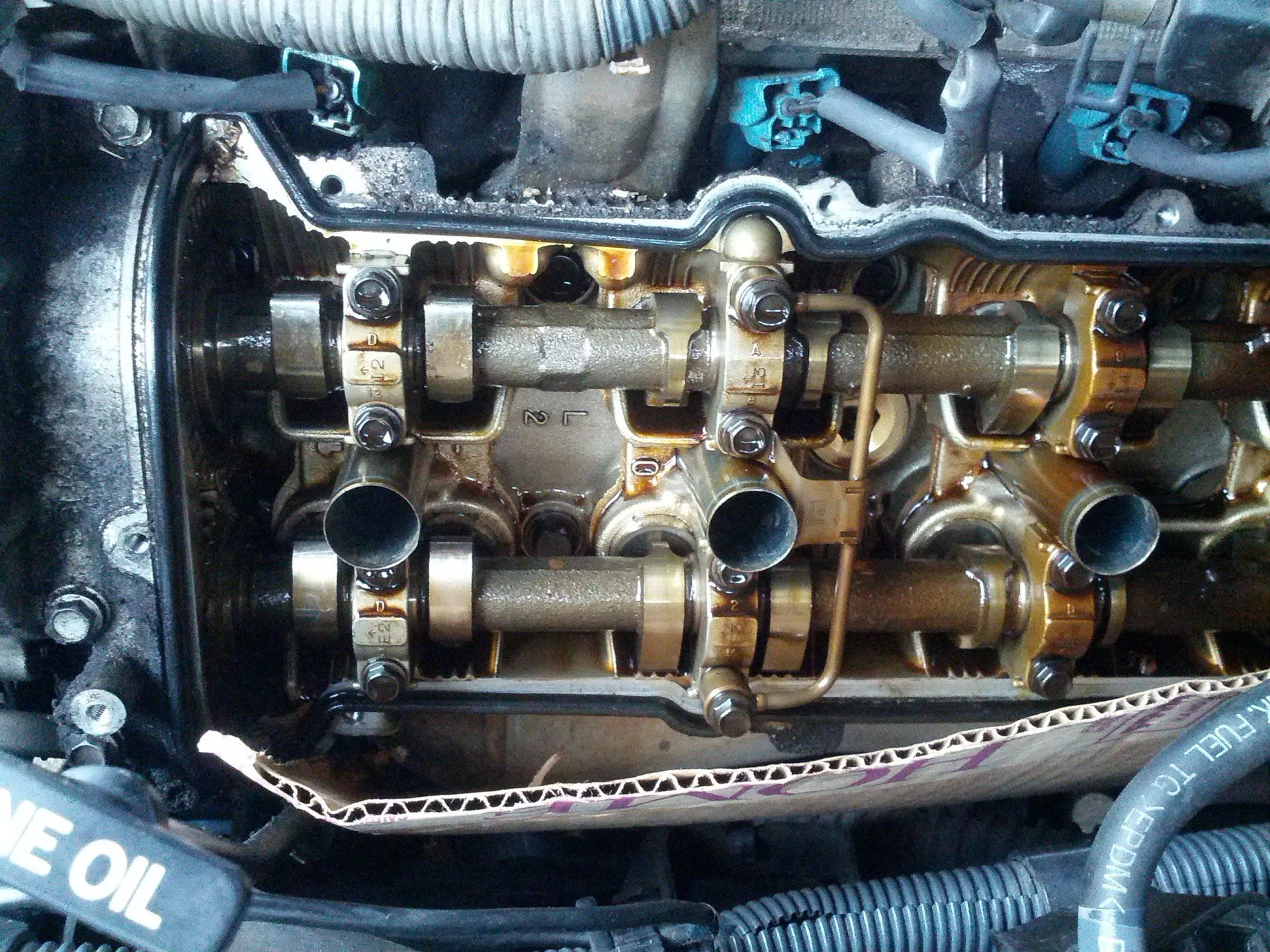Sorry CA, no verdict yet. It's my budget truck and I'm slow. Mine takes about a minute or two before the noise shows up, then doesn't go away.
I haven't done a compression test or arranged any shop diagnosis yet.
OK, thanks for letting me know. Please keep us posted! Could help others out. Mine only happens when it's cold overnight or outside and then the sounds go away after a few minutes. The colder it is outside, the louder and worse the sound. Local mechanic said valve lifters but he's not a LC specialist-type. May be the manifold?




 . You may become a star.
. You may become a star.